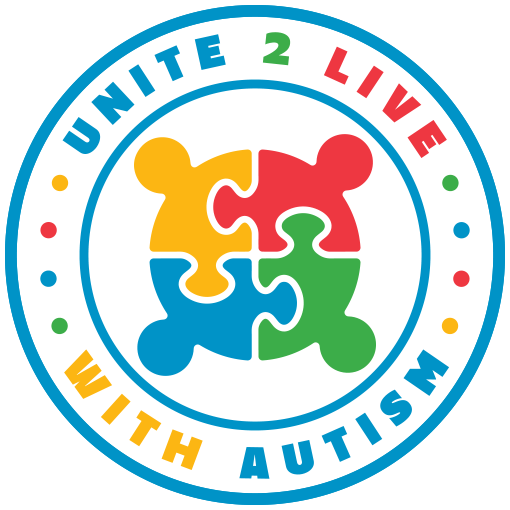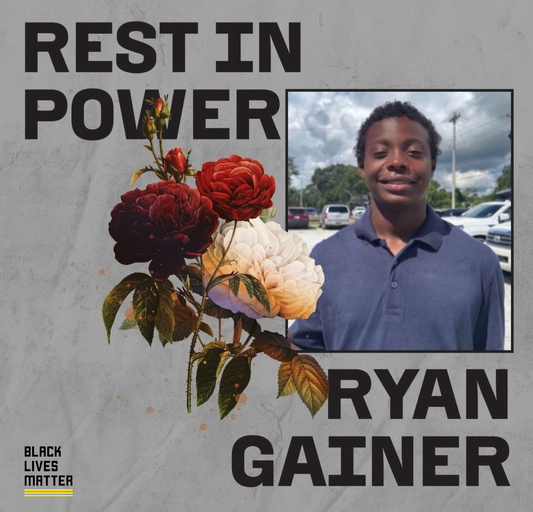In a world that celebrates diversity, understanding and embracing differences is fundamental to fostering an inclusive society. Autism, a complex neurodevelopmental condition, offers a unique perspective on life, often accompanied by a distinct way of thinking and experiencing the world. Amidst the challenges and triumphs, there exists a profound opportunity to explore the intersection between autism and thankfulness.
Autism Spectrum Disorder (ASD) encompasses a wide range of characteristics, including difficulties in social communication, sensory sensitivities, and repetitive behaviors. These traits can vary significantly among individuals, highlighting the rich tapestry of neurodiversity within the autism community.
One striking aspect of many individuals with autism is their unique perception and appreciation of the world. They may notice intricate details that others overlook, finding beauty and wonder in patterns, textures, or specific interests. This exceptional attention to detail often leads to a deep sense of gratitude for the smaller, often unnoticed, aspects of life.
The concept of thankfulness transcends mere gratitude for tangible possessions or events. For individuals with autism, it can manifest as a profound appreciation for consistency, routine, or a deep connection to a specific interest or hobby. This intense focus and dedication can bring immense joy and fulfillment, fostering a sense of gratitude for the unique abilities and passions that define them.
Moreover, the support networks surrounding individuals with autism play a pivotal role in nurturing their growth and well-being. Families, educators, therapists, and friends contribute significantly to their journey, instilling a sense of thankfulness for the understanding, patience, and encouragement they provide.
However, it's essential to acknowledge the challenges individuals with autism may face in expressing thankfulness conventionally. Difficulties in verbal communication or social interaction can make it challenging to articulate emotions or convey appreciation in traditional ways. Despite this, their gratitude often shines through actions, routines, or gestures that symbolize their appreciation and love.
In celebrating thankfulness within the autism community, it becomes crucial to foster an environment of acceptance and understanding. Embracing neurodiversity involves creating inclusive spaces that accommodate diverse communication styles and support individual strengths. It involves listening, learning, and acknowledging that expressions of gratitude might take unconventional forms.
As we immerse ourselves in a world shaped by various perspectives and experiences, fostering an inclusive society requires embracing the unique contributions of individuals with autism. It means recognizing that their distinct way of perceiving the world enriches our collective tapestry. This Thanksgiving season, let us extend our appreciation beyond the conventional and delve deeper into understanding and embracing the diverse ways in which people experience and express thankfulness. Let us celebrate the richness of neurodiversity and strive to create a world where everyone, regardless of their differences, feels acknowledged, valued, and empowered.
In essence, within the spectrum of autism lies a unique lens through which the beauty of life unfolds, inviting us to broaden our understanding of gratitude and thankfulness. It's a reminder to cherish the extraordinary in the ordinary, fostering a world where all forms of expression and gratitude are recognized and celebrated.
As we reflect on thankfulness, let us embrace the diversity within the autism community, cherishing the unique perspectives and gifts it brings to our lives. After all, in the tapestry of humanity, it is the diverse threads that weave together to create a more vibrant and beautiful world for us all.




